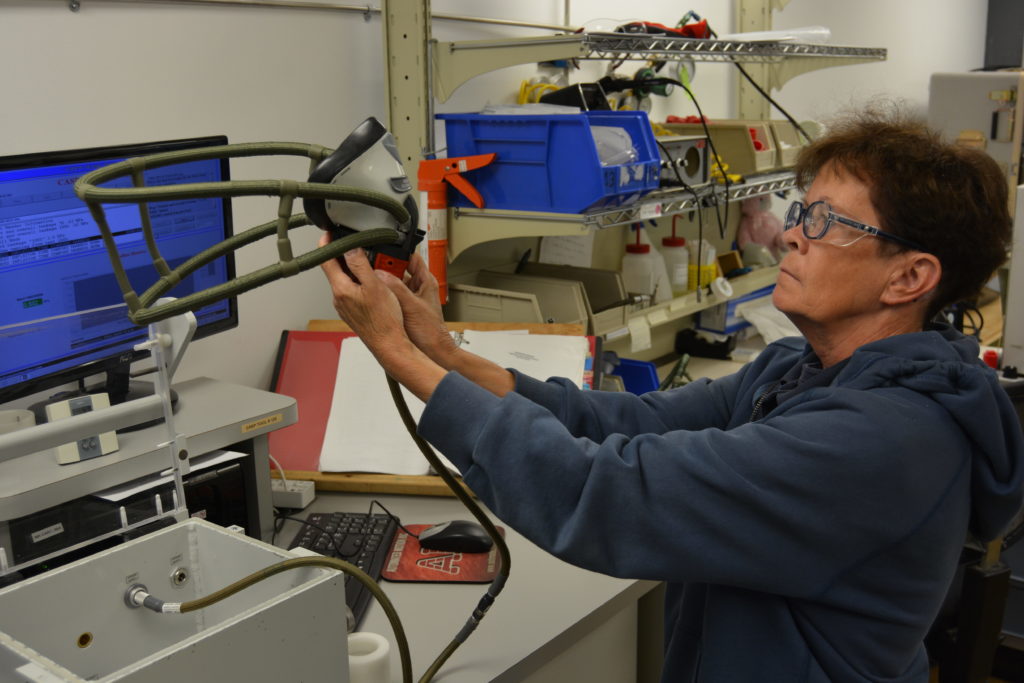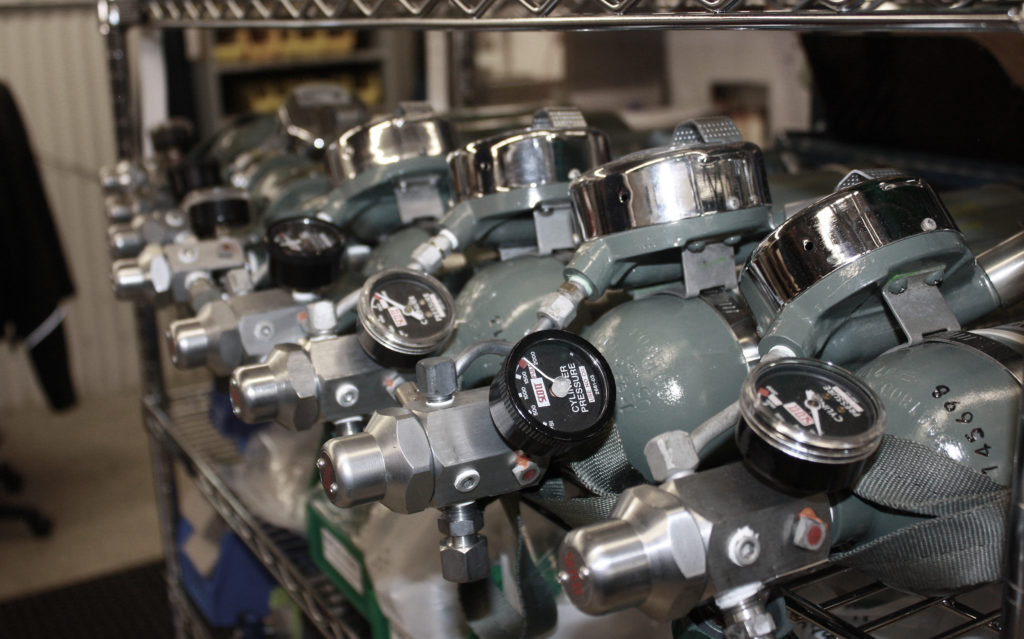Estimated reading time 6 minutes, 24 seconds.
Tucked away in a two-storey building minutes from Montreal-Trudeau International Airport is a small Canadian company which has played a huge role in helping the global aviation community maintain an enviable safety record.

Celebrating its 50th anniversary this month, CASP Aerospace Inc. specializes in the repair, overhaul, exchange and sale of safety and life support equipment, the former a full array of fire suppression technologies and the latter an equally complete line of emergency air reservoirs, oxygen bottles, crew masks and related equipment.
CASP is the only Canadian approved maintenance organization (AMO) relied on by major original equipment manufacturers, including Collins Aerospace and Meggitt Pacific Scientific in the United States and Fire Fighting Enterprises in Britain.
Its track record, recognized by U.S. and European regulators, was further enhanced last year by an intensive Transport Canada audit which confirmed that CASP not only met all domestic regulatory requirements but also had the systems and procedures in place to ensure it remained compliant.
“Achieving the zero findings and zero observations result speaks volumes regarding the quality of our workmanship and robustness of our quality management system,” CASP president and general manager, Alan Templeton, said at the time.
Templeton was keenly aware of CASP’s potential when he took over from its founding partners 11 years ago. Having spent over 30 years in the industry, primarily in the engineering field, a shift to the MRO world has been a challenge that he thoroughly enjoys.

His sales and business development manager, Abdel Basset Sebei, told Skies that about 10 per cent of the company’s business is overseas, with U.S., Asian, and European clients, while the other 90 per cent is domestic. That’s simply because most of the equipment CASP services is classed as “dangerous goods,” which means high transportation costs and complex international border crossings, “plus we need to respect our OEM agreements in relation to territory served.”
CASP services installations found on everything from smaller fixed-wing aircraft such as the Pilatus PC-12, Beechcraft King Air 100 and 200, through regional Bombardier Q400 and ATR 42/72 aircraft, to larger platforms such as the Lockheed Martin C-130 Hercules transport, plus all Boeing and Airbus platforms. Helicopters and armed vehicles round out the installations covered.
“Name any aircraft with fire suppression, oxygen or inflation systems installed, and we can service that equipment,” said Sebei.
That includes all suppression systems (main engines, APU, cabin and lavatory), oxygen systems (fixed, portable and emergency assemblies, crew masks, cabin drop down masks and protective breathing equipment) and inflation systems (slide and raft inflation assemblies, gear blow down bottles, etc.). “Anything related to compressed gas, we can service,” he added.
CASP has a diversified list of customers in all areas of the aviation industry, including mainline, regional and charter airlines, air ambulance, provincial and federal governments, FBOs, corporate, fire and rescue, Department of National Defence and private operators. Each one receives personalized care from CASP’s customer service team.

Fire in the sky is one of the most hazardous situations aircrews can face, necessitating a rapid response to avoid catastrophe. That it doesn’t happen often in Canada is reflected in a massive Transportation Safety Board (TSB) dataset. It shows that fire and/or smoke occurs in a tiny percentage of the thousands of accidents and incidents the TSB has investigated and reported on over the years.
A British Civil Aviation Authority report in 2002 supported a “generally held view” that from the first indication of a fire onboard an aircraft, the crew has an average of approximately 17 minutes to get it safely on the ground because there’s always the possibility that it can flare back up.
“It’s something no pilot wants to use,” Sebei pointed out. But use it or not, the fact that everything on board an aircraft must be regularly inspected and repaired or replaced at intervals specified by regulatory authorities pretty well guarantees CASP’s continued success.
But that doesn’t mean the company is resting on its laurels, having invested in, among other things, automated test equipment to expand its crew oxygen mask repair and overhaul capabilities. It is also the Canadian distributor for Securaplane/Enersys mainship and emergency batteries, cockpit door surveillance and security and camera systems.

CASP currently has 38 employees trained in-house after being recruited from technical colleges. Most are at its 15,000-square-foot Montreal facility, but the company recently received Transport Canada approval of a small satellite operation it began tooling up last June, on the fringes of Toronto Pearson International Airport.
For now, the new shop will focus on repairing and overhauling oxygen systems, but CASP Aerospace clearly figures the sky’s the limit.
“We’re obviously hoping to expand it,” said Sebei. “We have a lot of customers in Ontario who’d prefer to have their work done locally.”








